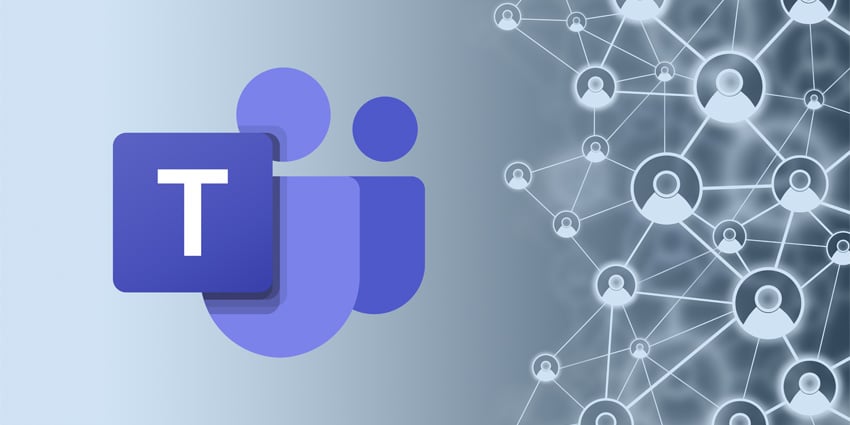How CallTower's Solutions Address Telephony Adoption Pain Points
In today's fast-paced business environment, effective communication is the backbone of success. Yet, many organizations remain hesitant to adopt...
2 min read
![]() Tonya Andrea
:
Mar 14, 2025 7:43:28 AM
Tonya Andrea
:
Mar 14, 2025 7:43:28 AM

In today’s fast-paced digital landscape, businesses need communication tools that can scale, remain cost-effective, and provide reliability across all devices. With Microsoft Teams as one of the leading solutions for unified communication, understanding the best connectivity options—Direct Routing and Operator Connect—has become essential for businesses looking to elevate their Teams experience.
Here, we’ll break down the differences, benefits, and optimal use cases of each solution, so you can make the best choice for your organization.
Direct Routing enables companies to connect Microsoft Teams with an external telephony provider, to manage calls via the Public Switched Telephone Network (PSTN). This setup offers high flexibility, allowing businesses to customize call settings, routing options, and carrier selection.
Benefits of Direct Routing:
Operator Connect is Microsoft’s streamlined approach to connecting Teams with PSTN services, allowing users to select a certified operator directly within the Teams admin center. Operator Connect is designed for businesses looking for a simplified setup that reduces administrative overhead while maintaining robust call quality and reliability.
Benefits of Operator Connect:
| Feature | Direct Routing | Operator Connect |
|---|---|---|
| Setup Complexity | Moderate, requires configuration with external provider | Easy, configured directly within Teams |
| Customization | Highly customizable with control over call settings | Limited, suited for streamlined setups |
| Support and SLAs | Depends on provider, requires own IT support | Managed by certified operators with SLAs |
| Ideal For | Companies needing flexibility and control | Companies seeking simplicity and reliability |
Both Direct Routing and Operator Connect provide unique advantages, depending on your business needs. Direct Routing is ideal for companies that require high customization and global reach. For organizations focused on quick deployment, minimal technical requirements, and guaranteed SLAs, Operator Connect offers the best solution.
With CallTower’s expertise in both Direct Routing and Operator Connect, we empower businesses to make the most of their Microsoft Teams environment while ensuring seamless call quality and flexibility. If you’re ready to transform your Teams calling experience, connect with us today and learn how our solutions can support your unique communication requirements.
In today's fast-paced business environment, effective communication is the backbone of success. Yet, many organizations remain hesitant to adopt...
Moving your business’s voice services to the cloud can feel like a massive undertaking, especially when operations span multiple countries and...
Adopting a global voice solution can feel like a daunting task, especially for businesses with complex communication structures and varying levels of...